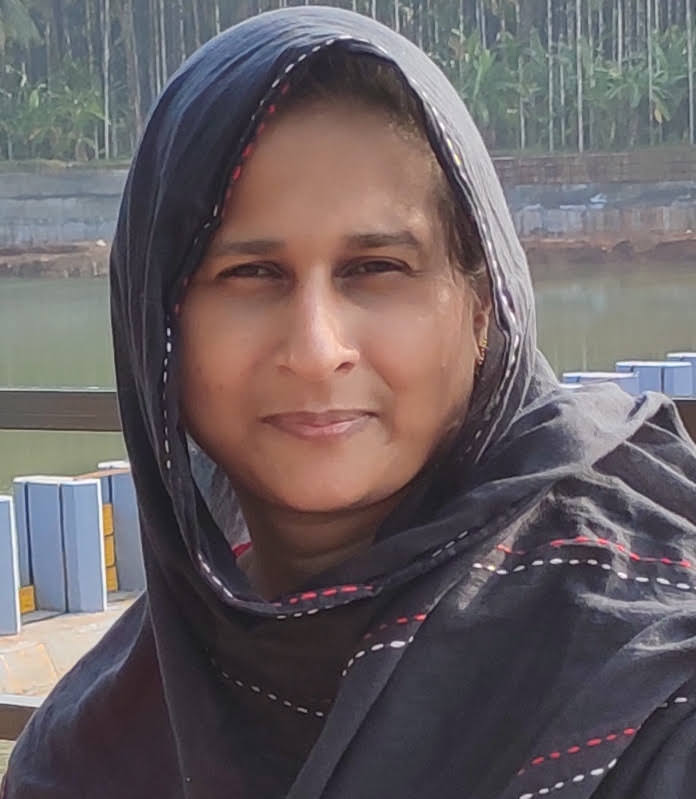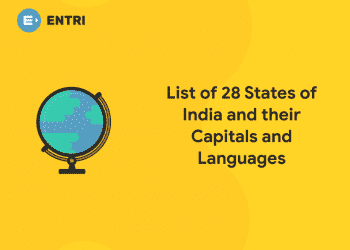Table of Contents
The World Malaria Day 2020 will highlight the importance of strong health and surveillance systems and sustaining malaria prevention and manage interventions as the world tussle with COVID-19, ensuring millions of the weak population are protected from malaria. This global awareness day will also emphasize the importance of maintaining progress and commitments made in the global fight to end malaria.
Click Here to attempt free mock tests of different Banking Exams!!!
When was World Malaria Day Celebrated first?
World Malaria Day is an annual ceremony held on April 25 to raise awareness of the universal effort to control and eventually eradicate malaria. World Malaria Day was first held in the year 2008. It was developed from Africa Malaria Day, an event that had been observed since 2001 by African governments. World Malaria Day is observed on 25 April each year to make people aware of the global burden of malaria, a preventable and treatable disease that puts half the globe at risk and kills one child every two minutes. Led by the RBM Company to End Malaria, World Malaria Day educates citizens in malaria hit countries on simple actions they can take to prevent the disease, highlights the impact of investments in ending malaria, and engages the community, national and global leaders to ensure ending malaria remains a priority on the global program. In 2018, these investments managed to save almost 600,000 lives and prevented nearly 100 million malaria cases.
Get Free Mock Tests for various Competitive Exams !!!
World Malaria Day 2020
Against the background of the COVID-19 pandemic, World Malaria Day 2020 will support greater investment in building and supporting supple health systems to protect and advance progress against existing infectious diseases like malaria and be ready to effectively address new outbreaks like COVID-19.
Global Theme for World Malaria Day
The global theme for World Malaria Day 2020 is, ‘Zero Malaria Starts with Me’, which emphasizes everyone’s power and responsibility no matter where they live to make sure no one dies from a mosquito bite. The theme is inspired by the pan-African movement with the same name, which engages and enables political leaders, the private sector, communities, and other members of society to take actions that will protect their families and help communities and countries thrive. Already, 14 countries have begun the national Zero Malaria Starts with Me campaigns, and several others are planning to lunch this year, in support of this growing movement.
World Malaria Day 2020 will draw attention to, recognize, and revitalize the involvement of highly affected countries in Africa, which reports approximately 70% of the global malaria burden. Messages will engage political decision-makers, the private sector, civil society, the academic community, and the public to take ownership of global malaria control and elimination efforts.
It will also shine a spotlight on the successes achieved in reducing the malaria burden around the world, including countries like India and those in the Greater Mekong Sub-region that made a major improvement in recent years, as well as on countries newly certified malaria-free or that are on track to reach the 2020 elimination milestone set out in the global malaria plan.
Malaria is increasingly a disease of poverty and inequity, with the most vulnerable at greatest risk of dying from a mosquito bite, pregnant women and children under five in sub-Saharan Africa in particular. In the year 2018 alone around 900,000 infants were born with low birth weight in 38 African countries due to malaria in pregnancy, and two-thirds of all malaria deaths worldwide are of children under five years of age.
About the RBM Partnership to End Malaria
The RBM Partnership to End Malaria is the largest platform for synchronized action against malaria. Originally recognized as Roll Back Malaria (RBM) Partnership in 1998, it mobilizes for action and resources and forges consensus among partners. The Partnership consists of many partners, including malaria-endemic countries, the private sector, non-governmental and community-based organizations, their bilateral and multilateral development partners, foundations, and research and academic institutions.
Download Entri App and attempt Free Mock Tests of various Government Exams!!!














